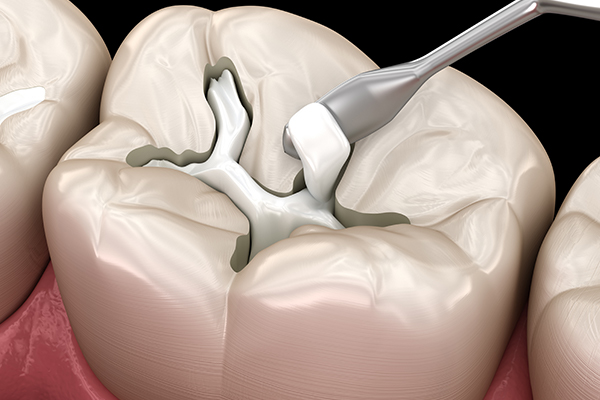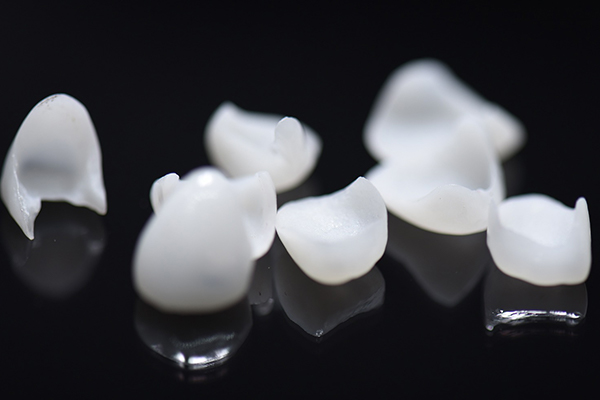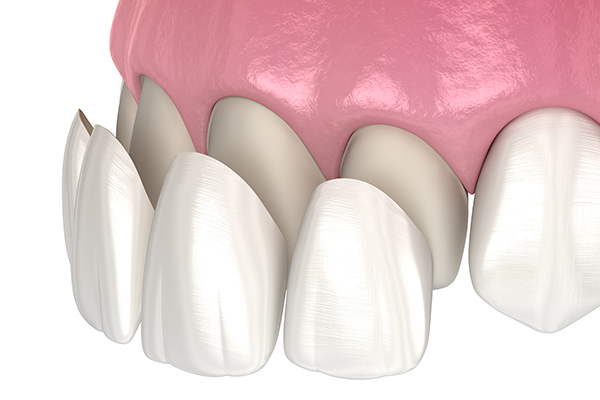
Need help understanding how composites are used in dentistry? Knowing how composite material is applied to bonding and fillings will help you better understand what your dentist may apply to your teeth and give you the knowledge to make informed decisions about what they use to fix your teeth.
iccm20.org gathered information about how composites are used in dentistry and answered some frequently asked questions.
What are Composite Dental Resins?
Dental resins are cement made of synthetic resins. Synthetic resins evolved as restorative materials and gained immense popularity due to the following:
- Being insoluble
- Possessing an excellent good tooth-like appearance
- Resistant to dehydration
- Ease of manipulation
- Being inexpensive
Composite resin fillings typically last 5 to 10 years, while some patients with excellent oral hygiene habits keep them for 12 or more years.
How Much Does it Cost for a Composite Filling?

Dental fillings are a way for dentists to repair teeth after suffering damage or decay. A dentist will first need to remove all decayed parts of the tooth (with a drill or other special tools). The dentist then fills the cavity with a durable material like composite resin. Lastly, they will shape and polish the tooth once the filling hardens.
According to Humana, composite fillings may cost $150 to $300 for 1 to 2 teeth or $200 to $550 for 3 or more teeth (without dental insurance).
Note: Prices can vary depending on the provider and the extent of the work necessary for tooth restoration. Contributing factors include:
- The material used for filling
- Cavity size
- Number of teeth requiring fillings
- Which teeth need fillings
Materials used for cavity fillings include composite, metal (silver amalgam), gold, and porcelain (inlays). Each filling type influences how much the procedure will cost.
Which are Better, Porcelain or Composite Veneers?

With excellent oral hygiene habits, porcelain veneers can last 10 to 15 years, while composite veneers typically last 5 to 10 years. Porcelain is fragile. However, it is strong and extremely durable once bonded to healthy teeth. Composite is durable but not as strong as its porcelain counterpart, and composite veneers are more prone to chipping. The industry is in search of stronger and better filling materials.
Note: Composites are not resistant to stains, while veneers are well-known for being highly stain-resistant
Do Composites Ruin Teeth?
No. Cosmetic bonding is not permanent and in no way ruins teeth. After several years, the material may fade or chip, but that does not affect the existing tooth enamel.
Note: The only notable concern is that the composite resin used in dental procedures isn’t as strong as natural teeth. There is a risk for the composite material to chip or separate from the real teeth.
Do Teeth Rot under Composite Veneers?
No. Under normal circumstances, teeth will not rot under veneers. As long as the veneers are correctly applied and maintained, the natural teeth below are well-protected. However, it’s not uncommon for inexperienced or unprofessional dentists to improperly apply veneers.
Does Your Breath Stink with Veneers?
Potentially. If veneers aren’t fitted properly, they can create tiny ledges around the veneer that act like food traps, accumulating food particles and oral bacteria. This creates a reservoir of oral bacteria that can contribute to decay, gum disease, and bad breath.
Are Veneers Permanent or Reversible?

Veneers can be removed by a highly-skilled dentist, leaving the original teeth somewhat intact, but there should be no reason to do this. If the consultation (with your dentist) was comprehensive and your veneers are high-quality and properly fitted, they shouldn’t need to be removed.
Note: When a veneer reversal must be made, it’s almost always a clear sign that something wasn’t done properly at an earlier stage, or it is that significant time has passed and your oral health or gum line has significantly changed, requiring your cosmetics to be updated.
CONSUMER ALERT
Beware of unlicensed individuals offering dental services.
Please be aware of unlicensed individuals offering dental services, including braces, veneers, and crowns, online through social media platforms.
The Board of Dentistry licenses dentists and dental hygienists. Dental assistants are not licensed and typically are not permitted to provide services outside a dentist’s direct supervision. Always ensure your practitioner is appropriately licensed to provide dental services in your state.
Composite Teeth
In this article, you discovered information about composite materials used in dentistry and how they compare to other traditional materials used to fill and repair teeth.
Understanding how composites are used in dentistry and their advantages will help you make informed decisions when your teeth need work.
Not fully understanding your options when having work done on your teeth may result in poor dental work with less strength and heightened sensitivities to heat, cold, and sugary food and beverages.
Sources:
ncbi.nlm.nih.gov/pmc/articles/PMC6076883/
fda.gov/medical-devices/dental-amalgam-fillings/treatment-options-dental-caries
lsuhsc.edu/newsroom/Better%20Dental%20Filling%20Materials.html
info.umkc.edu/dentalfacultypractice/composite-bonding/
humana.com/dental-insurance/dental-resources/how-much-does-cavity-filling-cost
gbd.georgia.gov/press-releases/2020-03-15/consumer-alert-beware-unlicensed-individuals-offering-dental-services
